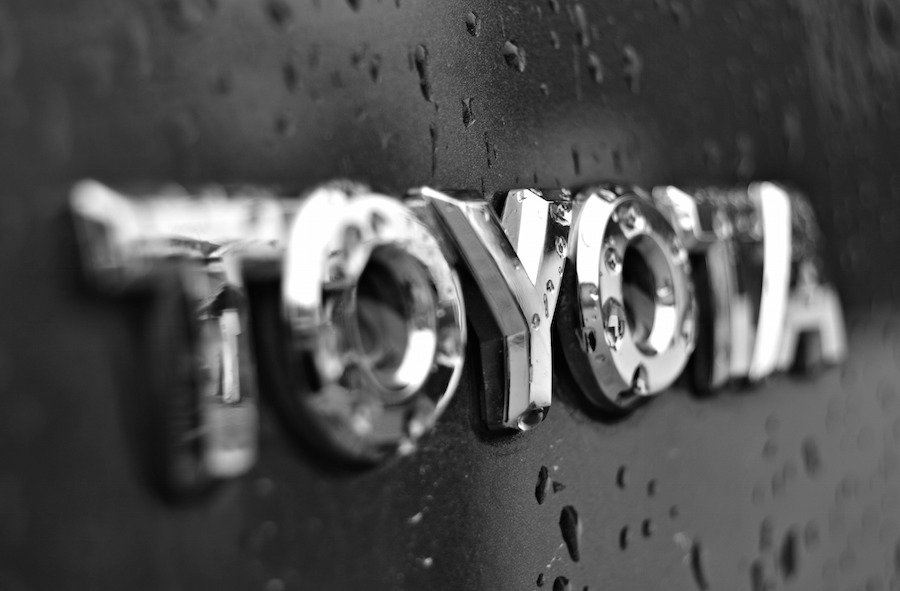The gadget is worn on the shoulders and uses cameras to recognise surroundings, such as signs, then directs the wearer with speakers and vibration motors.
Details were released this week, though no release date has been set.
The Royal National Institute of Blind People (RNIB) called it an exciting development.
The device has been produced by developers working on Project Blaid. They said they were working on plans to introduce mapping, object identification and facial recognition technologies as well.
It comes after Microsoft said it had designed a headset that uses location and navigation data with a network of information beacons in urban locations to talk visually impaired people around cities.
Robin Spinks, senior strategy manager at the RNIB, told the BBC: "This is a very exciting development within the rapidly growing field of wearable assistive technology. Mobility is at the heart of so much in our society and a device like Blaid could open up limitless possibilities for millions of blind and partially sighted people."
'Mobility'
In an announcement made this week, Toyota said the device was not meant to replace those aids currently available to blind and visually impaired people, but to "help fill the gaps left by canes, dogs and basic GPS devices by providing users with more information about their surroundings".
In a video posted online, it showed how the device could be used to distinguish between one door marked gentlemen's toilet and another marked exit. Toyota said it was primarily intended to help users navigate indoors.
"Project Blaid is one example of how Toyota is leading the way to the future of mobility, when getting around will be about more than just cars," said Toyota executive Simon Nagata. "We want to extend the freedom of mobility for all, no matter their circumstance, location or ability."
The firm said that, as part of the project - which is not linked to the manufacture of cars for which it is better known - it was asking employees to submit videos of common indoor landmarks that developers could use to teach the device to recognise them.
Related News

